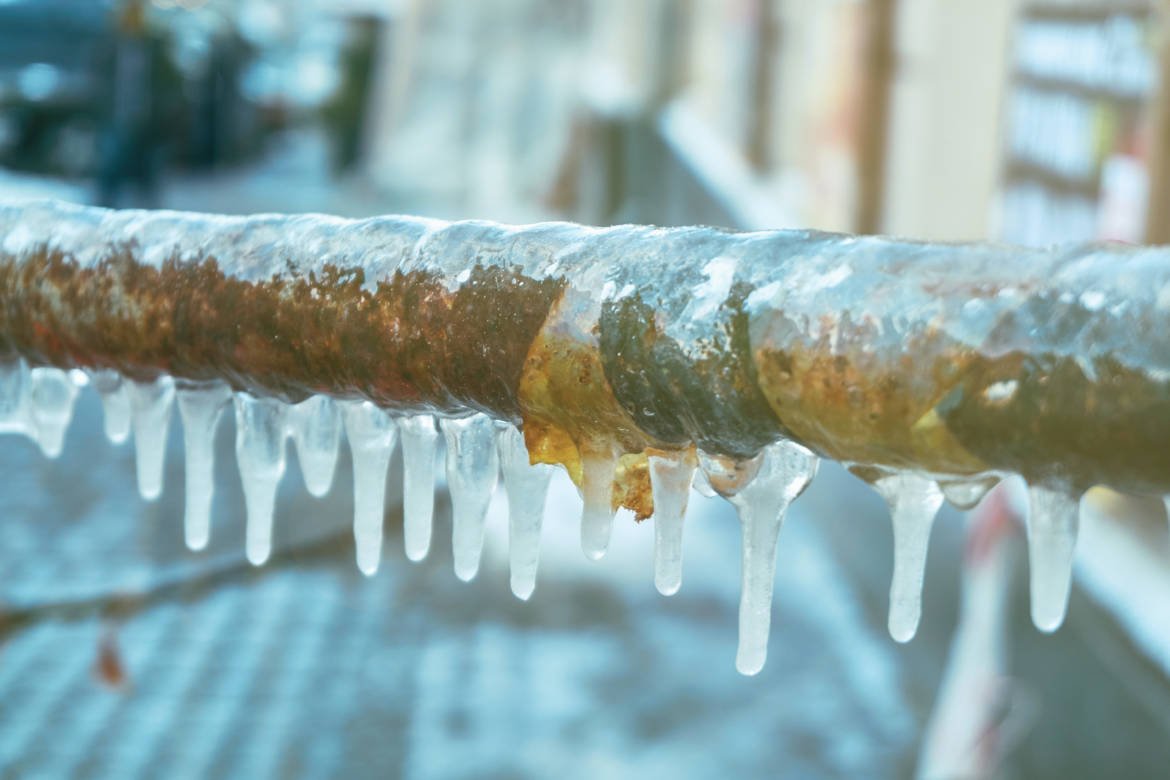Shielding Your Pipes from Freezing Issues: Key Approaches
Call TodayAre you currently trying to locate content around Prevent Frozen Pipes ?

Winter can ruin your pipes, specifically by freezing pipelines. Right here's exactly how to prevent it from happening and what to do if it does.
Intro
As temperature levels decrease, the danger of frozen pipelines boosts, potentially leading to pricey repair services and water damage. Understanding just how to avoid icy pipelines is important for property owners in chilly climates.
Recognizing Icy Pipes
What causes pipelines to freeze?
Pipelines ice up when exposed to temperature levels listed below 32 ° F (0 ° C) for expanded durations. As water inside the pipes ices up, it increases, putting pressure on the pipeline wall surfaces and potentially causing them to rupture.
Risks and damages
Icy pipes can cause water supply interruptions, property damages, and pricey fixings. Ruptured pipes can flooding homes and create substantial structural damages.
Indications of Frozen Water Lines
Recognizing frozen pipes early can prevent them from breaking.
Just how to recognize icy pipelines
Look for decreased water circulation from taps, uncommon smells or noises from pipes, and visible frost on exposed pipelines.
Avoidance Tips
Shielding prone pipes
Wrap pipelines in insulation sleeves or make use of warm tape to protect them from freezing temperature levels. Concentrate on pipes in unheated or external areas of the home.
Home heating methods
Keep indoor spaces properly warmed, especially areas with pipes. Open cupboard doors to permit warm air to distribute around pipelines under sinks.
Protecting Outdoor Plumbing
Yard pipes and outside faucets
Disconnect and drain pipes yard pipes prior to winter season. Install frost-proof faucets or cover exterior taps with protected caps.
What to Do If Your Pipes Freeze
Immediate actions to take
If you presume frozen pipes, keep taps available to relieve pressure as the ice melts. Make use of a hairdryer or towels soaked in warm water to thaw pipelines slowly.
Long-Term Solutions
Structural adjustments
Think about rerouting pipes away from outside walls or unheated areas. Include added insulation to attics, cellars, and crawl spaces.
Updating insulation
Invest in high-grade insulation for pipes, attic rooms, and wall surfaces. Proper insulation assists keep consistent temperature levels and decreases the threat of frozen pipes.
Verdict
Avoiding frozen pipes calls for proactive steps and quick feedbacks. By understanding the causes, signs, and preventive measures, property owners can safeguard their plumbing during winter.
5 Ways to Prevent Frozen Pipes
Drain Outdoor Faucets and Disconnect Hoses
First, close the shut-off valve that controls the flow of water in the pipe to your outdoor faucet. Then, head outside to disconnect and drain your hose and open the outdoor faucet to allow the water to completely drain out of the line. Turn off the faucet when done. Finally, head back to the shut-off valve and drain the remaining water inside the pipe into a bucket or container. Additionally, if you have a home irrigation system, you should consider hiring an expert to clear the system of water each year.
Insulate Pipes
One of the best and most cost-effective methods for preventing frozen water pipes is to wrap your pipes with insulation. This is especially important for areas in your home that aren’t exposed to heat, such as an attic. We suggest using foam sleeves, which can typically be found at your local hardware store.
Keep Heat Running at 65
Your pipes are located inside your walls, and the temperature there is much colder than the rest of the house. To prevent your pipes from freezing, The Insurance Information Institute suggests that you keep your home heated to at least 65 degrees, even when traveling. You may want to invest in smart devices that can keep an eye on the temperature in your home while you’re away.
Leave Water Dripping
Moving water — even a small trickle — can prevent ice from forming inside your pipes. When freezing temps are imminent, start a drip of water from all faucets that serve exposed pipes. Leaving a few faucets running will also help relieve pressure inside the pipes and help prevent a rupture if the water inside freezes.
Open Cupboard Doors
Warm your kitchen and bathroom pipes by opening cupboards and vanities. You should also leave your interior doors ajar to help warm air circulate evenly throughout your home.

Do you like more info about How to prepare your home plumbing for winter weather? Leave a remark below. We'd be glad to know your responses about this article. Hoping that you come back again in the future. Do you know somebody who is involved in the niche? Take a moment to share it. Thanks so much for your time spent reading it.
Further Details